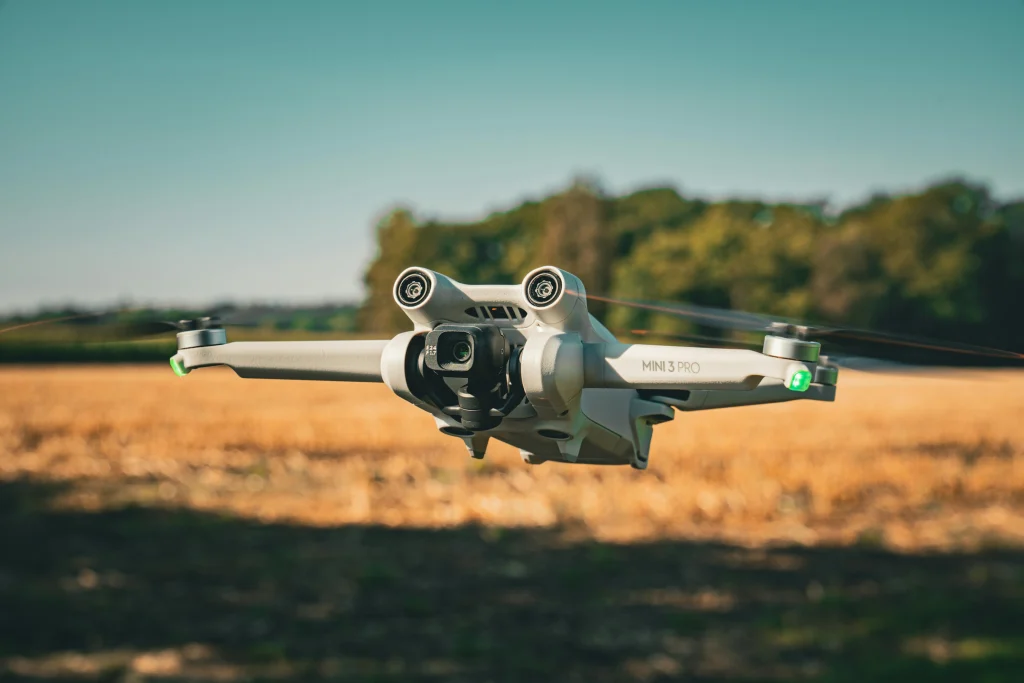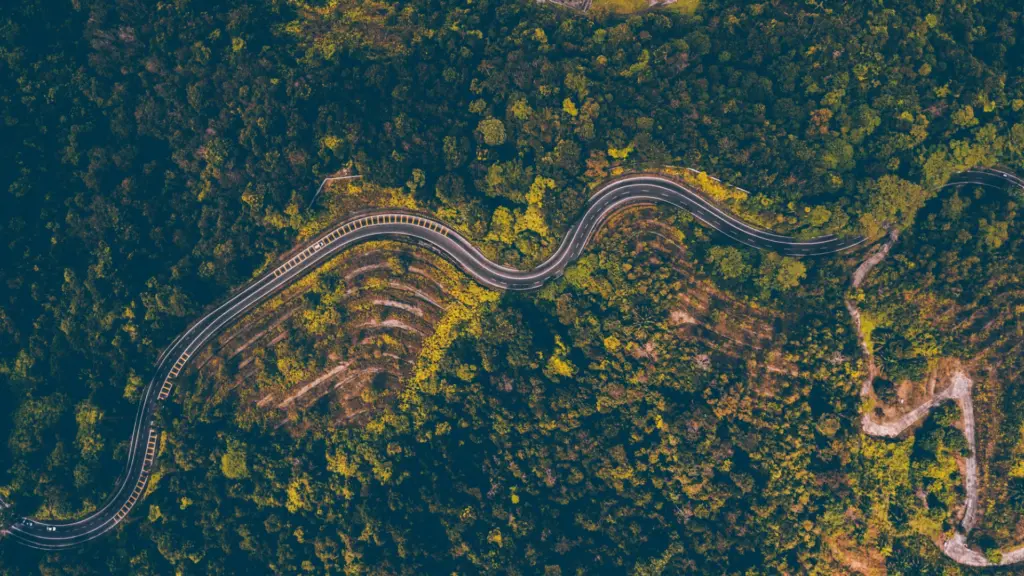Drones have revolutionized the way we capture content, offering stunning perspectives for both photography and videography. However, the gear and techniques required for each discipline can vary significantly. Whether you’re a budding aerial photographer or an aspiring filmmaker, this guide will help you understand the key differences and choose the right gear for your creative needs.

Drone Photography: Focus on Detail and Composition
Drone photography emphasizes still shots, where composition, resolution, and dynamic range are critical. Here are some essential considerations:
- Resolution: High-resolution sensors, such as those in the DJI Air 2S (20 MP), are ideal for capturing sharp, detailed images.
- RAW Capabilities: Look for drones that support RAW image capture for greater editing flexibility.
- Lenses: Wide-angle lenses are standard for drones, but advanced models offer adjustable apertures for better control over depth of field and low-light performance.
- Best Drone for Photography: The DJI Mavic 3 offers exceptional resolution and dynamic range, making it a top choice for serious photographers.
Drone Videography: Smoothness and Cinematic Appeal
For videographers, stabilization, frame rates, and shooting modes are crucial for producing professional footage. Key considerations include:
- Stabilization: Advanced 3-axis gimbals ensure smooth, cinematic shots even in windy conditions.
- Frame Rates: Look for drones capable of shooting in 4K or higher at 60fps or more for fluid motion.
- Cinematic Modes: Intelligent flight modes, like DJI’s MasterShots or cinematic tracking, make it easy to capture complex shots.
- Best Drone for Videography: The DJI Inspire 3 is an industry leader, offering unmatched video quality, interchangeable lenses, and professional-grade controls.
Key Differences Between Photography and Videography Gear
- Battery Life: Videography tends to consume more battery due to longer recording times, requiring additional power packs.
- Storage: High-resolution videos demand significant storage space, so fast microSD cards are essential for videographers.
- Control Systems: Photographers may prioritize fine-tuned camera settings, while videographers need advanced gimbal controls and real-time video previews.
Which Drone Is Right for You?
- For Photography Enthusiasts: Focus on drones with high-resolution sensors and advanced photo modes, like the Autel Evo Lite+ or DJI Mavic Air 2.
- For Filmmakers: Opt for drones with cinematic shooting modes, high frame rates, and advanced stabilization, such as the DJI Mini 4 Pro or DJI Inspire 3.
Conclusion
Whether you choose drone photography or videography depends on your creative goals. Both disciplines offer unique challenges and rewards, but with the right gear, you can unlock your full potential as an aerial creator. Explore your options and take your drone content to the next level!


